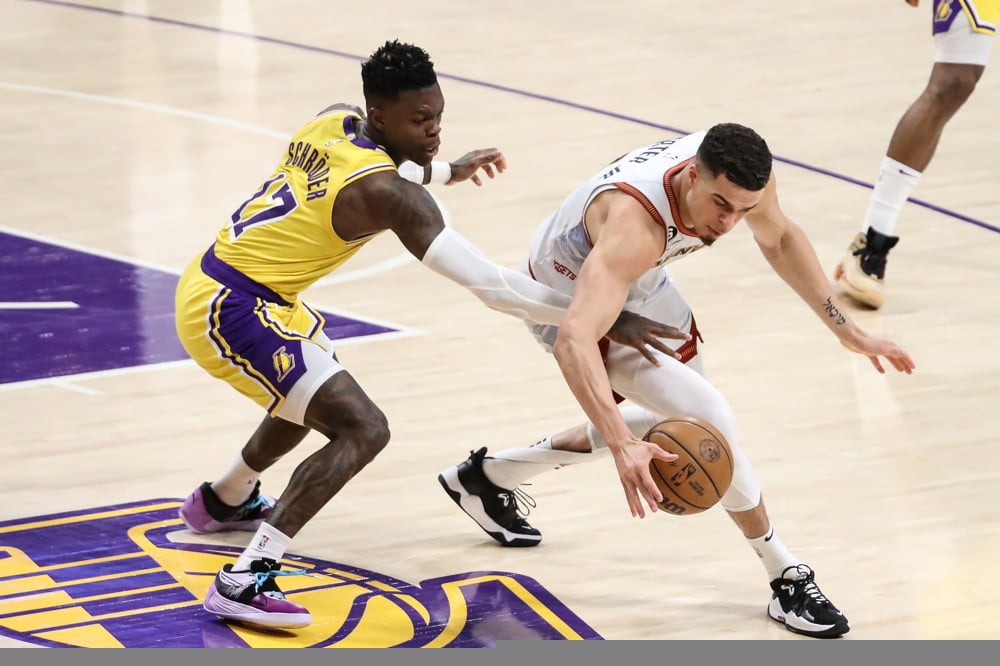Bussiness
Back-to-back shark attacks in Florida, 2 critically injured. Why the Sunshine Sate tops the rankings of shark bites globally.
Two shark bite incidents just 90 minutes apart at two separate beaches on Florida’s Gulf coast, left three people injured on Friday.
Two people are in a critical condition, and a third is in a stable condition, South Walton Fire District Fire Chief Ryan Crawford said at a news conference.
The first incident left a 45-year-old female with “significant trauma to the midsection and pelvic area as well as amputation of the left lower arm,” said Crawford. The woman, who had been swimming just past the first sandbar with her husband, was airlifted to a local hospital for treatment, he said.
The second attack involved two girls, 15-17 years old, who had been swimming with friends just inside the first sandbar in waist-deep water. One victim received “significant injuries to one upper and one lower extremity,” and the other had “flesh wounds on her foot,” said Crawford.
While the risk of being attacked by a shark is extremely low, Florida, famous for its beaches and all-year-round sunshine, has consistently topped global charts for the number of shark bites.
Walt Harden / 500px/Getty Images
According to a comprehensive database of all known shark attacks compiled by staff at Florida’s Museum of Natural History, in 2023, there were 69 unprovoked shark bites on humans and 22 provoked bites worldwide.
Florida’s 16 cases in 2023 represent 44% of the US total and 23% of unprovoked bites worldwide.
Volusia County on Florida’s east coast — which includes the renowned Daytona Beach and New Smyrna Beach — has been dubbed the “shark bite capital of the world,” with 343 recorded shark bites from 1882-2023.
Alexis Rosenfeld/Getty Images
In an interview with Business Insider last year, Gavin Naylor, the director of The Florida Program of Shark Research, said in an email that a combination of factors off the coast of Volusia increased the likelihood of a shark attack.
They included a high density of mullet and menhaden baitfish and a lot of good waves for surfing. The churning water resulted in poor visibility for sharks, which, on rare occasions, bite at arms and legs “dangling off” surfboards by mistake as they chase their natural prey in the murky water, said Naylor.
Blacktip and bull sharks are responsible for most of the attacks in Florida.
September is the most common time of year for shark attacks in the Sunshine State, and the place with the highest chance of being bitten is in Volusia County, between 2 p.m. and 3 p.m., ISAF statistics suggest.









